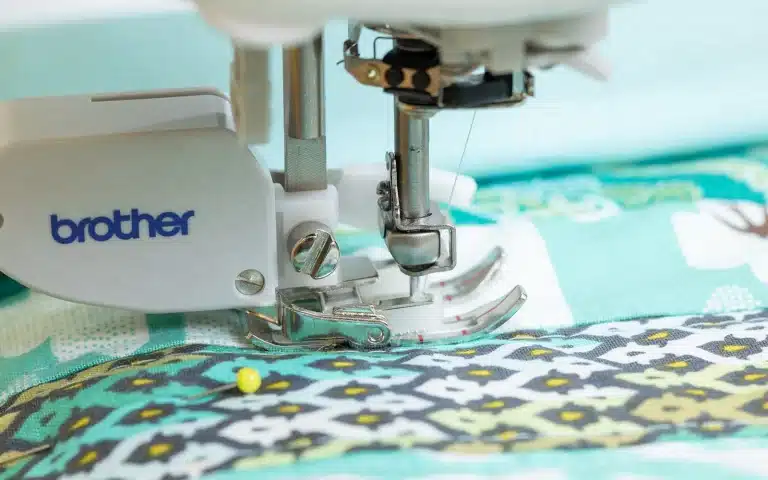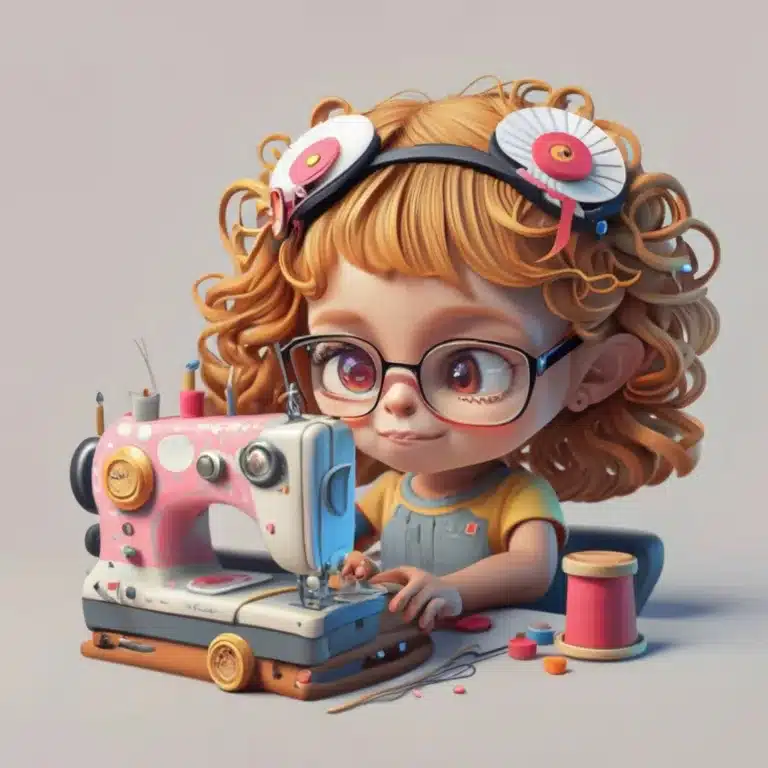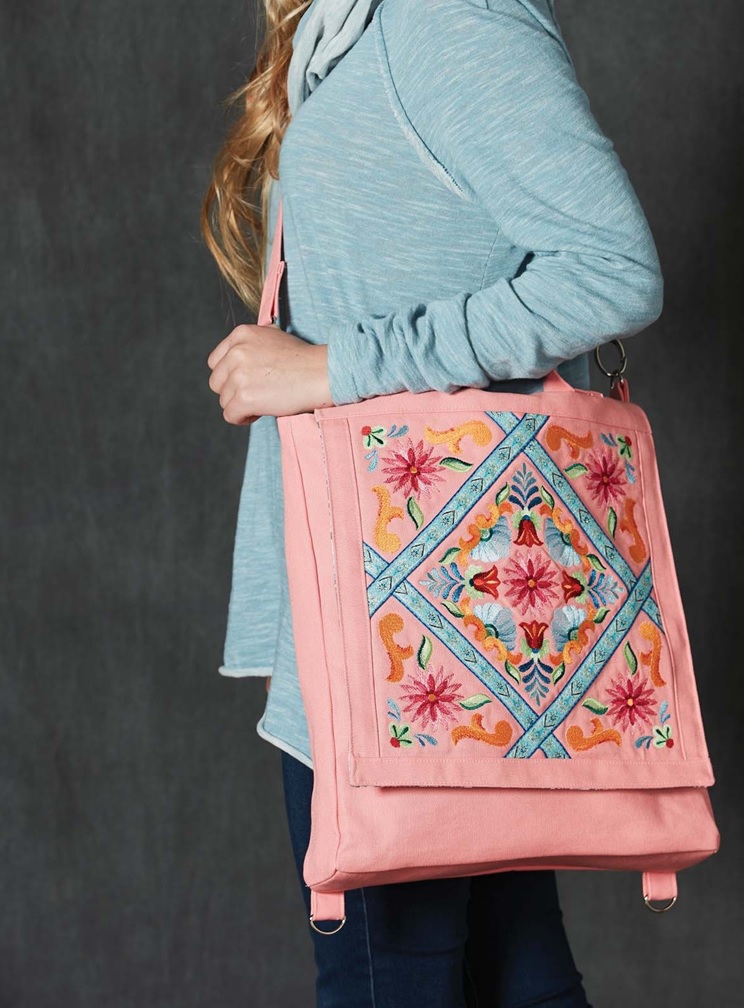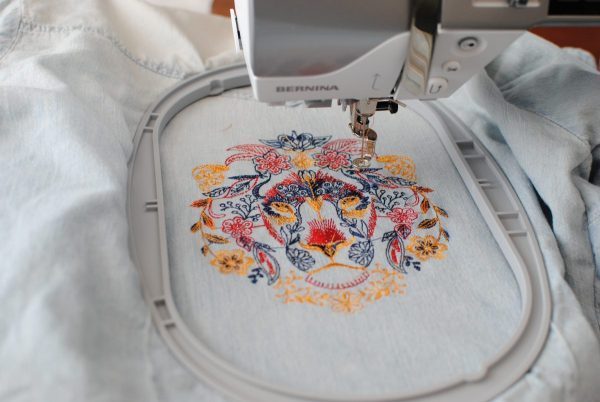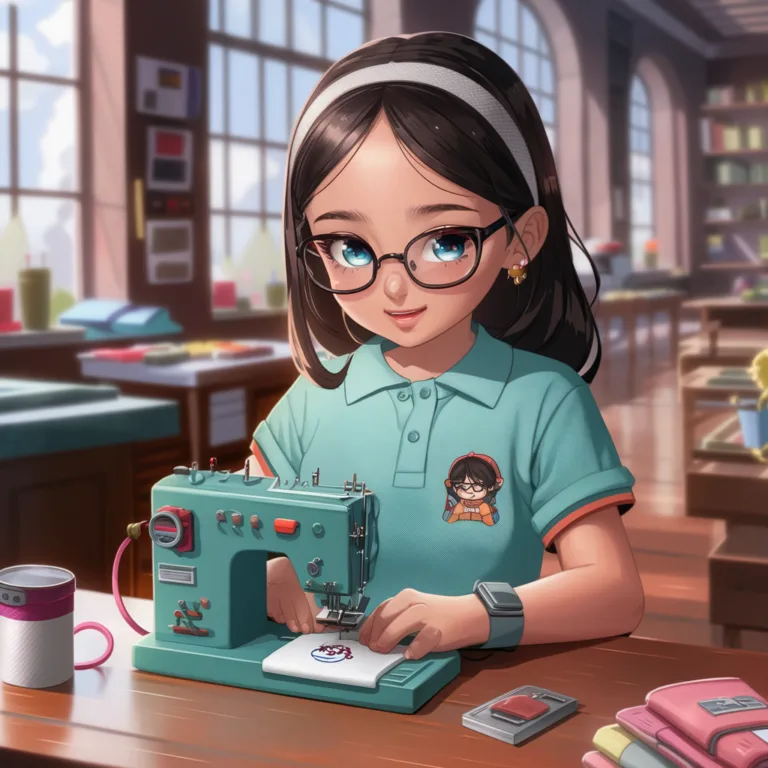Top 5 Questions Embroiderers Ask (And the Answers!)
Embroidery, the art of decorating fabric with thread, is a beautiful and rewarding craft. Whether you’re a seasoned stitcher or just picking up a needle for the first time, there are bound to be questions that arise along your creative journey. Here, we’ll delve into the top 5 questions that embroiderers of all levels often ask, providing helpful answers and tips to guide you:
1. What are the essential supplies I need to get started with embroidery?
Embroidery requires minimal equipment, making it an accessible craft. Here’s your basic starter kit:
- Embroidery Hoop: This keeps your fabric taut for stitching. Choose a size comfortable for you to handle, typically a 4-6 inch diameter for beginners.
- Fabric: Opt for tightly woven fabrics like cotton or linen that won’t easily snag. Weaves like Aida cloth, with its pre-punched holes for easier stitching, are popular choices.
- Embroidery Needles: Sharps are the most versatile type. Sizes vary, with size 7 or 8 being a good starting point.
- Embroidery Floss: This is your stitching thread. DMC is a popular brand, offering a vast color selection.
- Embroidery Scissors: Opt for a small, sharp pair for precise thread cutting.
- Embroidery Pattern (Optional): Patterns provide a design to follow, but you can also freehand your own creations! Many free patterns are available online.
2. My thread keeps breaking! What am I doing wrong?
Thread breakage is a common frustration. Here are some solutions:
- Needle Size: Ensure your needle size matches the thread weight. A thicker needle is needed for thicker floss.
- Threading Technique: Double your thread and knot the end securely. Avoid pulling the thread too taut while stitching.
- Needle Condition: Blunt or bent needles snag and break threads. Replace them regularly, especially after stitching through thick fabrics.
- Knot Placement: Hide knots discreetly underneath stitches on the back of your work.
3. How do I choose the right stabilizer for my fabric?
Stabilizers prevent fabric from puckering or tearing during stitching. Here’s a quick guide:
- Water-Soluble Stabilizer: Ideal for lightweight, tightly woven fabrics like cotton. It dissolves easily in water after stitching.
- Heat-Activated Stabilizer: Works well for medium-weight fabrics. Iron it onto the back of your fabric for added stability.
- Tear-Away Stabilizer: Best for thicker fabrics like felt or towels. You can tear away the excess stabilizer after stitching.
- No-Show Mesh Stabilizer: Provides stability without adding bulk. Great for delicate fabrics like silks.
4. I’m stuck in a creative rut. How can I find inspiration for embroidery projects?
Inspiration is everywhere! Here are some ways to spark your creativity:
- Nature: Look to flowers, leaves, or even landscapes for color and design ideas.
- Art and Design: Explore paintings, textiles, or graphic design for motif inspiration.
- Vintage Embroidery: Traditional patterns offer a timeless elegance you can reinterpret.
- Magazines and Books: Browse embroidery publications for project ideas and trends.
- Online Communities: Connect with other embroiderers on social media for inspiration and support.
5. How can I take my embroidery skills to the next level?
There’s always room for growth in embroidery! Here’s how to refine your craft:
- Experiment with Stitches: Learn new stitches beyond basic satin stitch for added texture and detail.
- Color Theory: Explore color combinations to create vibrant and harmonious designs.
- Shading and Blending: Use floss variations or thread painting techniques for realistic effects.
- Embroidery Lettering: Learn stitches for creating personalized messages or monograms.
- 3D Embroidery: Add dimension to your projects with techniques like French knots or bullion knots.
- Embroidery on Different Materials: Try stitching on denim, leather, or even wood for unique pieces.
Bonus Tip: Practice makes perfect! Set aside dedicated time to embroider, even if it’s just for a short while each day. The more you practice, the more confident and skilled you’ll become.
Embroidery is a journey of exploration and self-expression. With a little knowledge and practice, you can create beautiful and unique pieces that reflect your style. Don’t be afraid to experiment, have fun, and let your creativity flow!
Additional Resources:
- There are many online tutorials and embroidery courses available to help you learn new techniques.
- Local craft stores often host embroidery workshops and classes for beginners and advanced stitchers.
Related Posts
Discover relevant articles, tutorials, and tips to improve your skills and explore new techniques.
Stay inspired and connected to our embroidery community.

